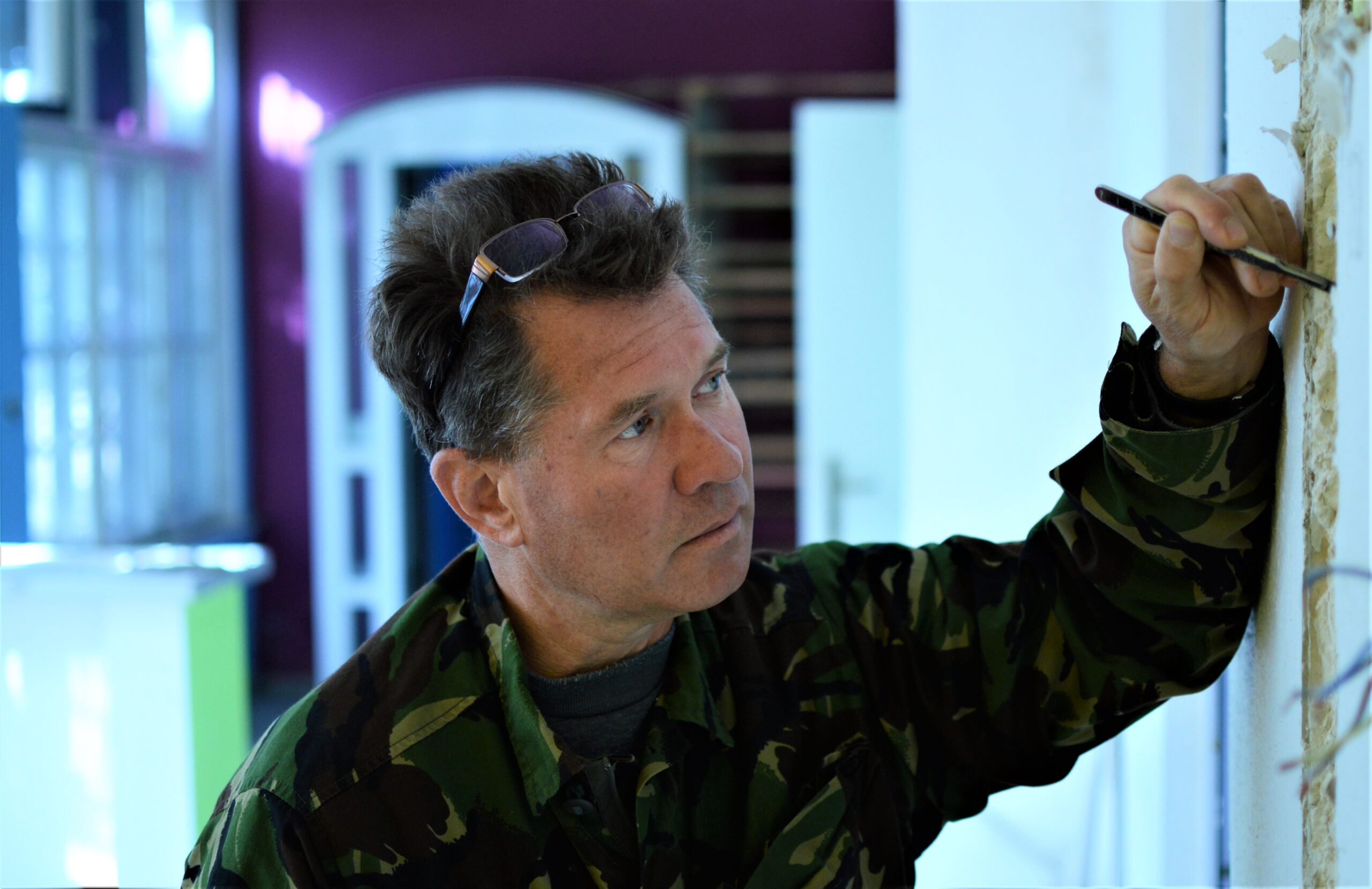How conservation research is done
15 October 2020

Conservation research begins with a mason’s hammer, then the conservator takes a chisel or spatula, and finally a scalpel. With the help of such tools, so-called stratigraphic excavations are carried out, i.e. exposing brick walls and relations between them, foundations, and elevations. Such stratigraphic excavations allow to determine the original construction technique of the building or interior finishing – for example, wall colors.
A lot of information can be gained by visual inspection of various elements of the facade, roofing, and basements. Already a preliminary examination of several historical buildings on the site of the Old Slaughterhouse allowed us to hypothesize that originally the roofs were covered with glazed tiles of a deep green color going into graphite.
According to Jerzy Borwinski, these tiles from the late 19th century could have lasted for hundreds of years if properly maintained. Most probably, however, during the People’s Republic of Poland, no investment was made in roof maintenance on an ongoing basis, but most likely at different stages the tiles were replaced several times and each time with random ones – and not necessarily plain tiles were used, but rather more popular interlocking tiles, and those of low quality.
During the war the buildings of the City Slaughterhouse sustained significant losses: losses in the buildings were then estimated at 60% and the detailed list of buildings of the slaughterhouse and marketplace rebuilt in 1946-1948, drawn up by the architect and architectural historian Kazimierz Ulatowski, includes as many as eighteen buildings that were part of the meat processing plant.